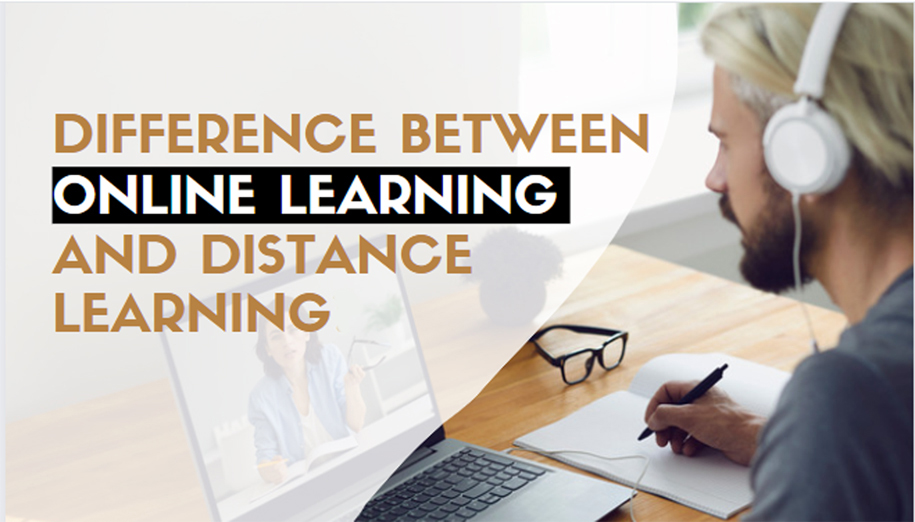
The terms online learning and distance learning are often used interchangeably, but there are some differences between the two.
Online learning refers to a method of learning that takes place entirely online. Students access course materials, participate in discussions, and complete assignments through a learning management system (LMS) or other online platforms. Online courses can be synchronous (live) or asynchronous (recorded).
Distance learning, on the other hand, is a broader term that refers to any method of learning that takes place at a distance from the instructor and other students. This can include online learning, but it can also include other forms of learning, such as correspondence courses, where students receive course materials by mail and complete assignments on their own.
In other words, online learning is a specific form of distance learning that takes place entirely online, while distance learning encompasses any form of learning that takes place at a distance.
Benefits of Online Learning
Online learning, also known as e-learning, has become increasingly popular in recent years due to the numerous benefits it offers. Here are some of the key benefits of online learning:
Flexibility: Online learning offers students the flexibility to learn at their own pace and on their own schedule, which can be particularly beneficial for those with busy schedules or other commitments.
Accessible: Online learning makes education more accessible to a wider range of students, including those who live far away from a physical campus, have disabilities, or cannot attend traditional on-campus classes for other reasons.
Cost-effective: Online courses are often more affordable than traditional on-campus courses, as they do not require physical facilities or resources.
Customizable: Online learning allows students to choose the courses and programs that best meet their needs and interests, and to design their own learning path.
Interactive: Online learning often includes interactive multimedia elements, such as videos, quizzes, and simulations, that can make learning more engaging and effective.
Self-paced: Online learning allows students to learn at their own pace and to review material as often as needed, which can help reinforce learning and improve retention.
Collaborative: Online learning often includes collaborative elements, such as discussion forums and group projects, that allow students to interact with their peers and develop teamwork and communication skills.
Immediate feedback: Online learning often includes instant feedback on assignments and assessments, which can help students identify areas where they need improvement and make timely adjustments to their learning approach.
Overall, online learning can provide students with a flexible, accessible, and cost-effective way to learn and grow, making it an increasingly popular choice for education and training in a variety of fields.

